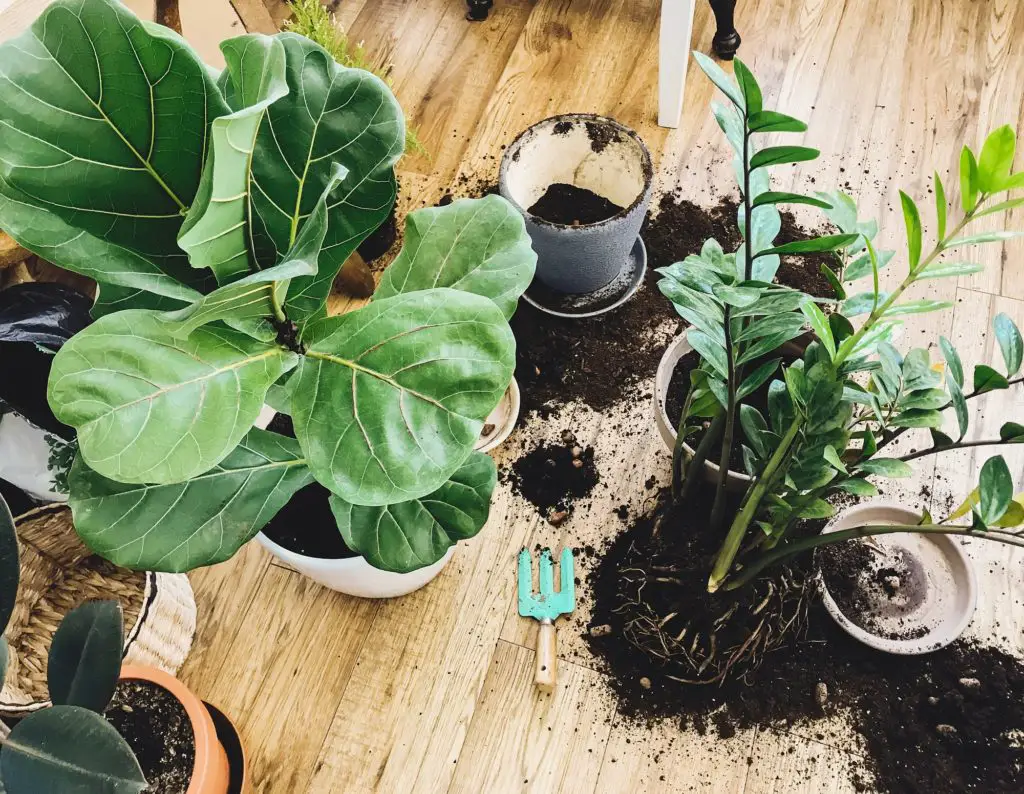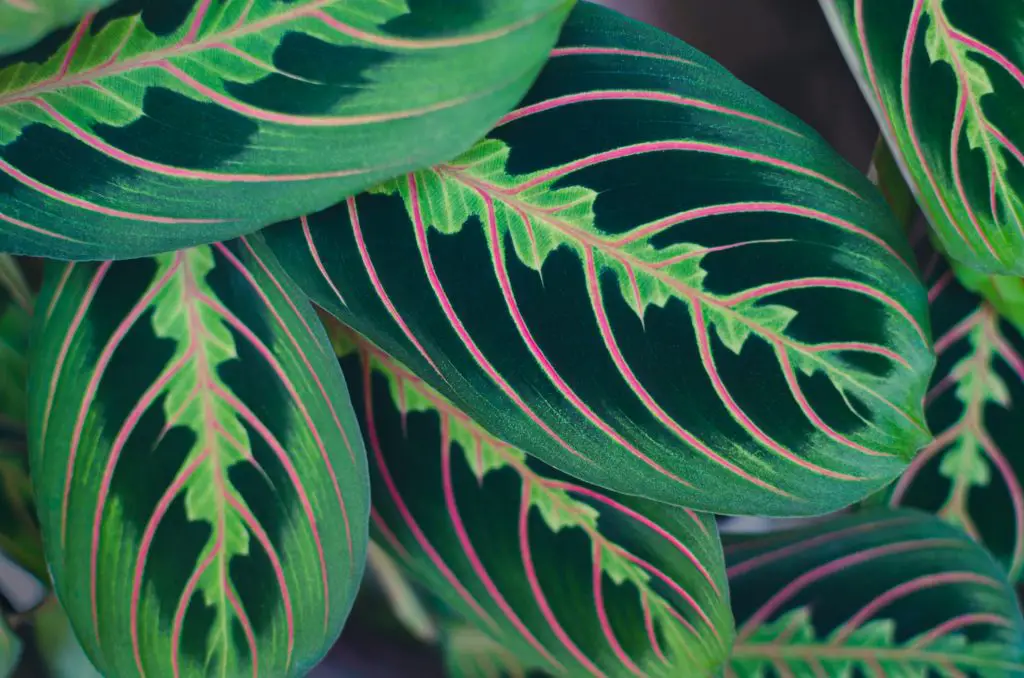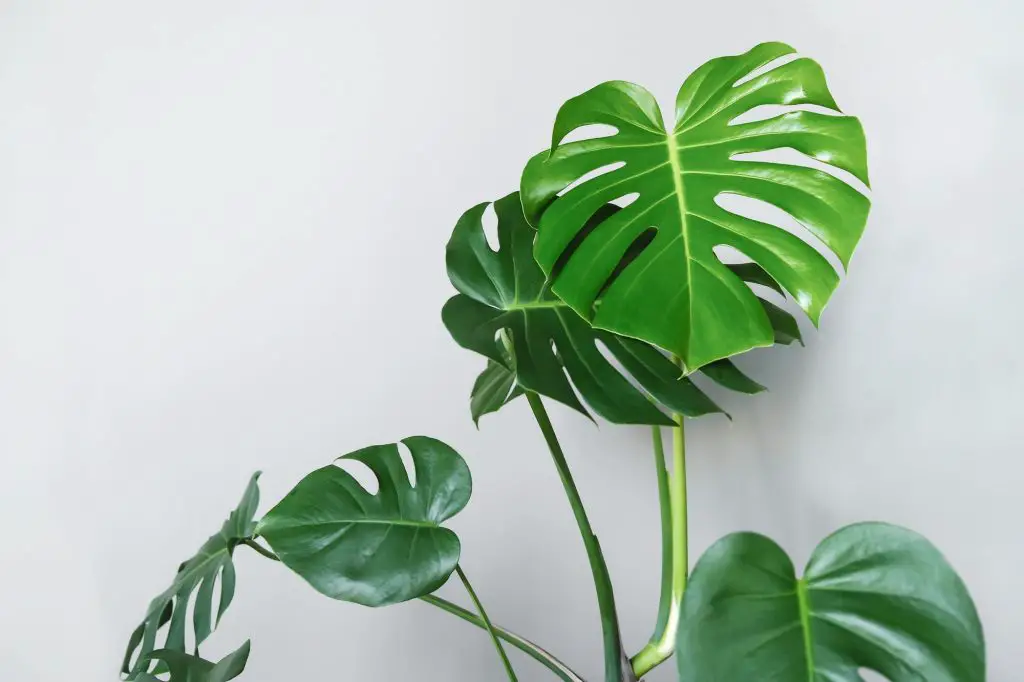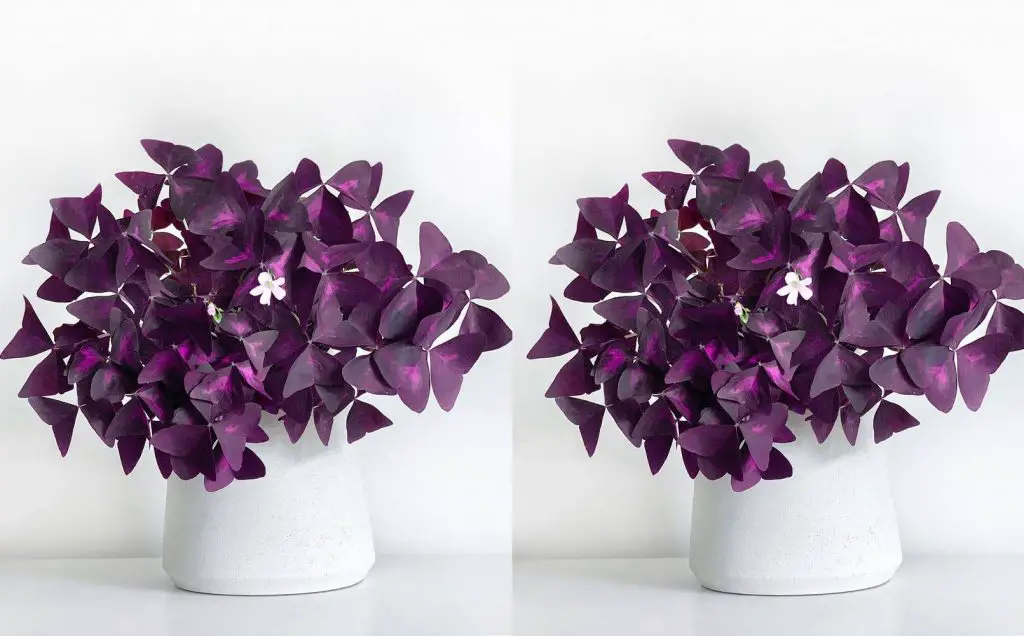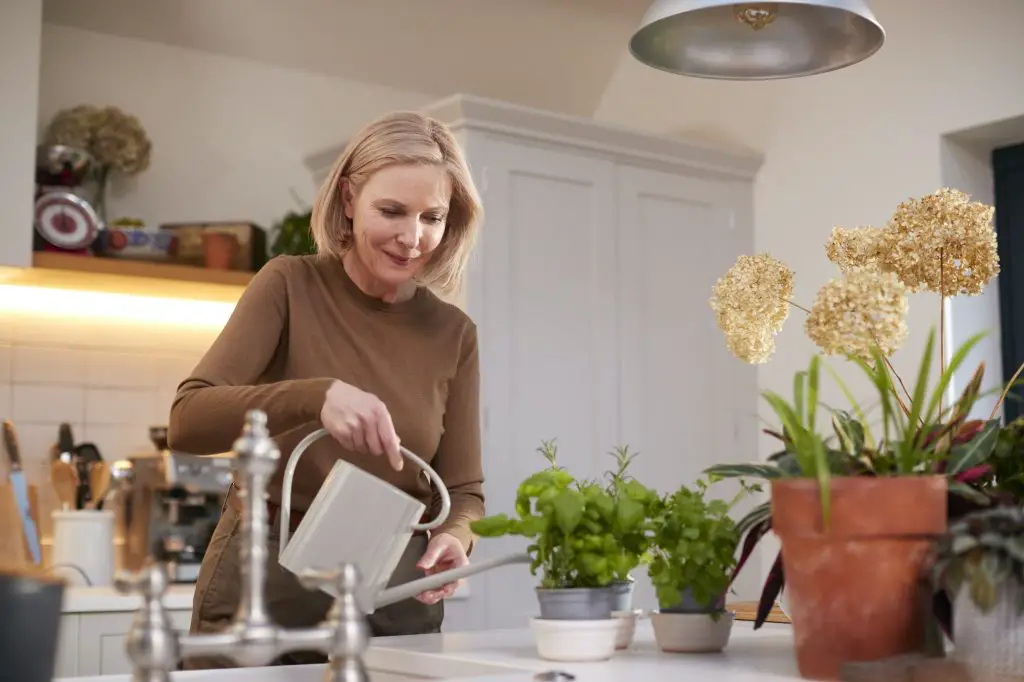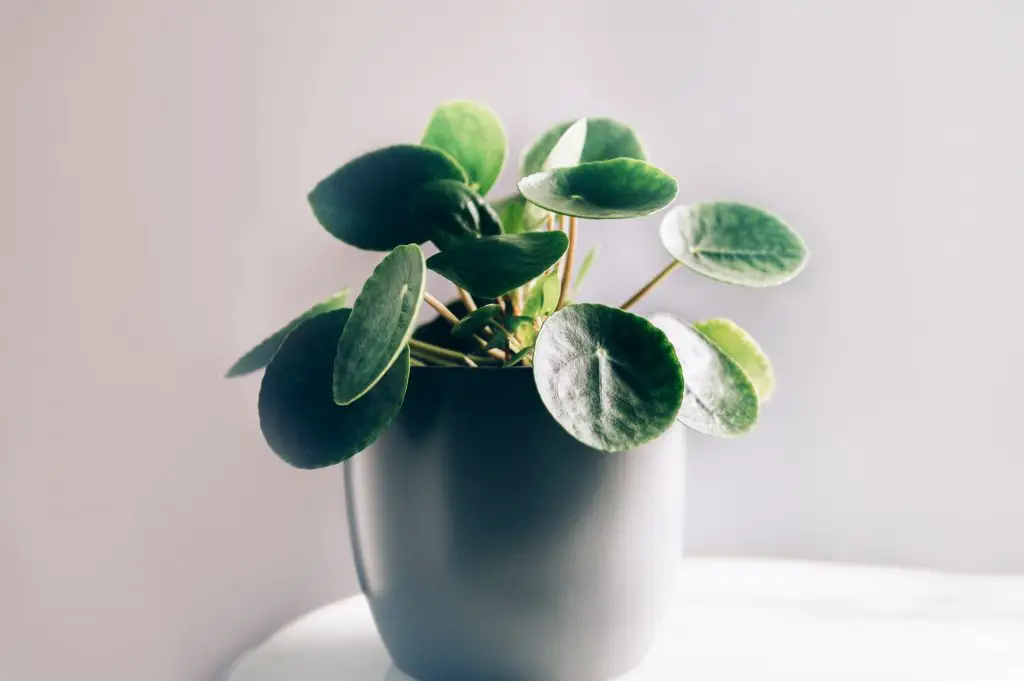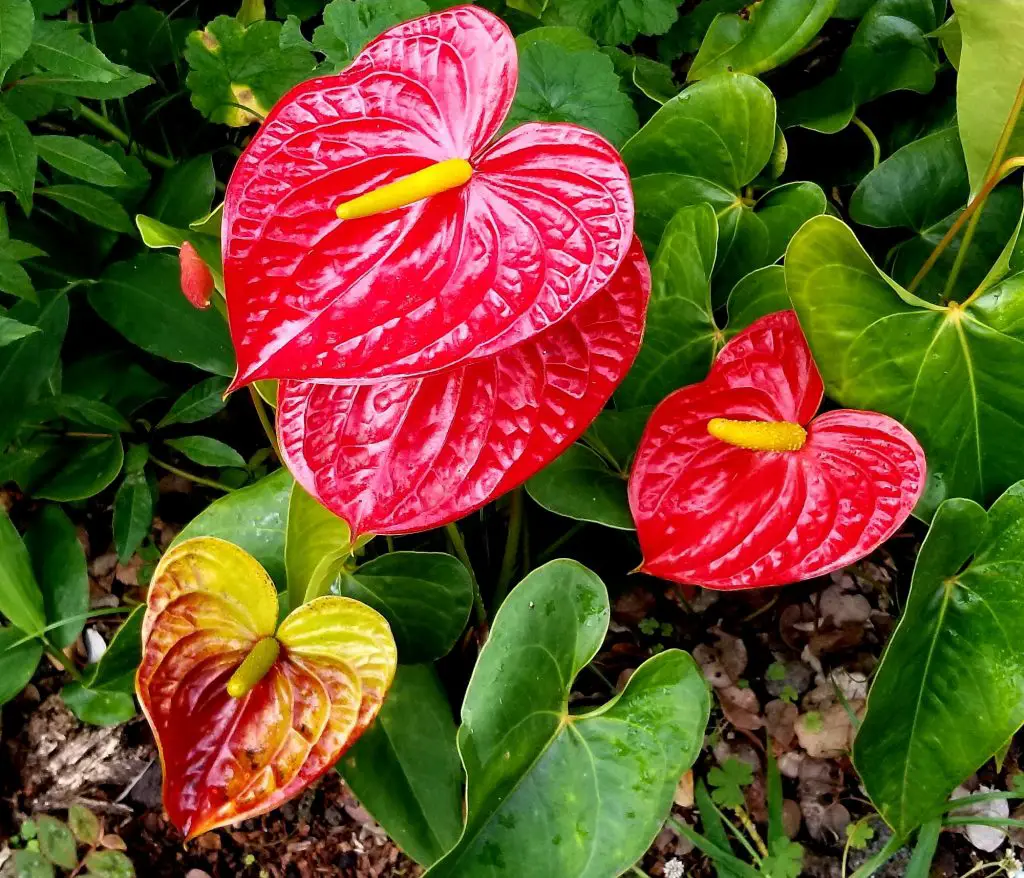The fiddle leaf fig tree has become one of the most popular houseplants there is, we can attribute the plant’s popularity to its beautiful, large, well-defined leaves. The fiddle leaf fig is everything you want in a houseplant. It has such a lovely, distinct structure that makes a statement wherever it is placed.
Although the fiddle leaf fig has gained so much love in the world, one peculiar thing that a lot of people do not find out until the plant is in their home is that the fiddle leaf fig is not one of the easiest to care for, especially if you are a beginner.
Propagation is one of our favorite aspects of growing plants. This is because propagation allows you to save money and has a replica of your original plant in many places, in addition to this; you can also sell them and make money or gift them to people. Propagating the fiddle leaf fig is an easy process that not many know how to perform.
The fiddle leaf fig is a slow-growing plant and can be very choosy with everything. However, you do not have to worry anymore, as we have provided all you need to properly care for and propagate your fiddle leaf fig in this article.
The first thing you need to know about the fiddle leaf fig is that it is an indoor tree, which is characterized by its large, veined, leaves. The leaves are glossy and come in a violin shape. The fiddle leaf fig can grow to about 6-10 feet tall. The plant is native to tropical western Africa.
Table of Contents
Fiddle Leaf Fig Care Guide
The fiddle leaf fig, as earlier stated is native to the tropical region of Africa; this is an indication that your plant has to be provided a similar condition as its native environment. It is important to note that your fiddle leaf fig will not give you trouble or stress as long as it has its perfect growing conditions.
Some of the things your fiddle leaf fig will require are sunlight, proper watering, well-draining soil, etc. All of these are properly explained below.
1. Water
Watering is an aspect of the fiddle leaf care guide that should be done with utmost care. This is because the plant is susceptible to root rot.
Ensure you let the water completely drain in between watering. Although the plant enjoys being thoroughly watered, it should not sit in water, the soil in which you grow your plant will also work to ensure this.
Ensure the water drains as fast as it is watered and that there is no water sitting in the pot’s tray. We recommend that you create a watering schedule to properly guide you on how to water.
Under-watering and overwatering is an issue that can destroy your plant. The fiddle leaf fig is quite sensitive to high salt levels in the soil, it is, however, important that you flush the soil at least once a month, this will reduce the buildup of salt in the soil.
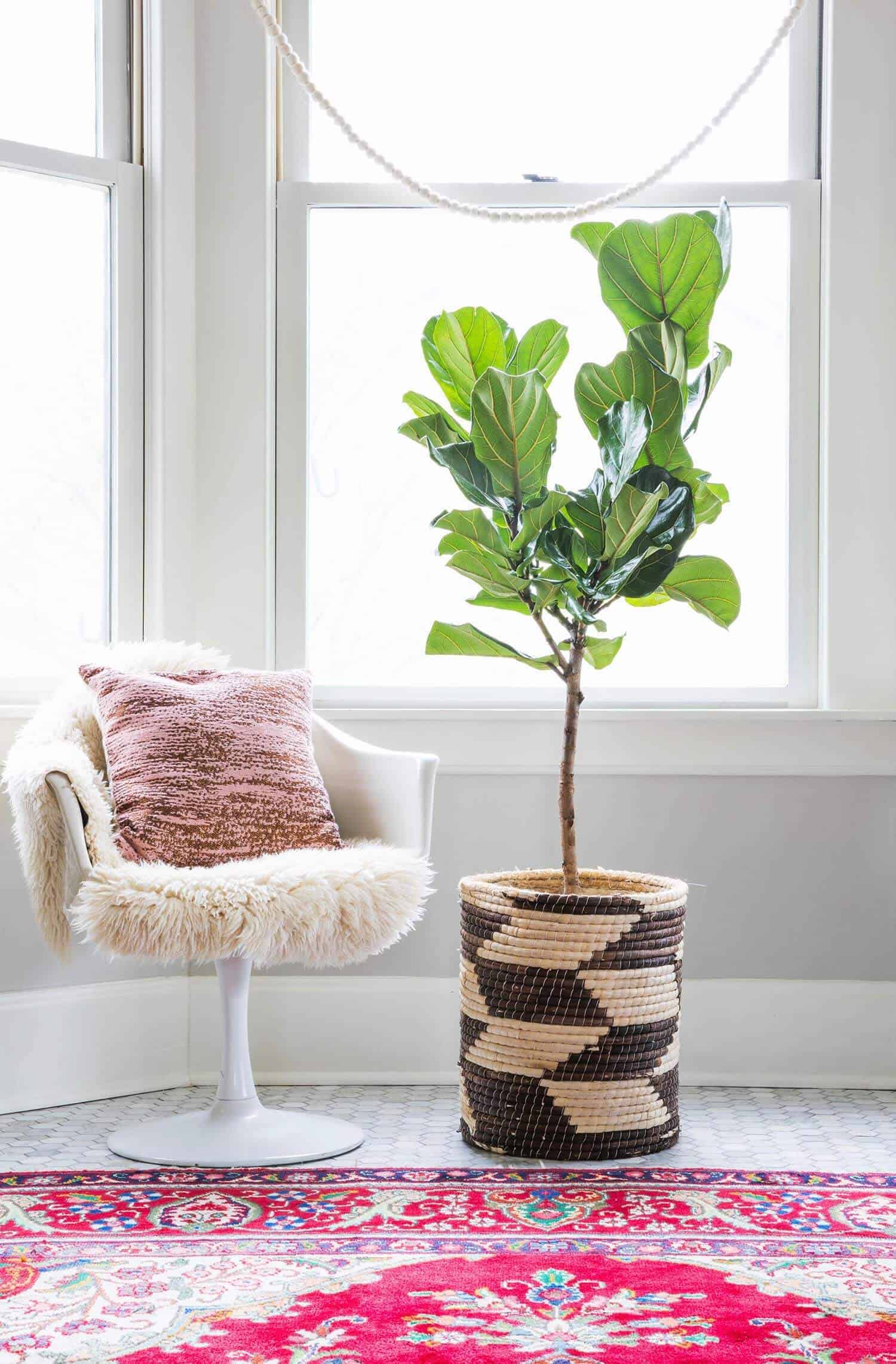
2. Light
Fiddle leaf figs will grow as they should once they are placed in bright, indirect sunlight. Ensure the light your plant is getting isn’t direct sunlight as this can scorch your plant’s leaves, especially the hot afternoon sun.
Plants that are also kept in low light or dark spaces will not grow faster or rapidly as they should. Your plant will only develop healthily in bright light. For proper care, we recommend that you rotate your plant from time to time i.e. every few months.
This is because your fiddle leaf fig will grow towards the direction of the sun and this can cause an imbalance in the development of the plant.
3. Humidity
Due to the fiddle fig leaf’s natural habitat, the plant will enjoy being provided with average to high humidity. Insufficient humidity will result in brown spots on your plant; hence if you live in a hot climate, we recommend that you mist your fiddle fig leaf as often as possible. You can also place your plant on a peddle tray. Purchasing a plant humidifier will help your plant.
4. Temperature
Fiddle leaf fig plant will grow well when placed in a room with 60 to 85 degrees F. Ensure to keep your plant away from drafts, air conditioning, or heating vents. Ensure to not keep your plant at any temperature below 50 degrees F as this can cause your plants to develop brown spots.
5. Soil
We recommend getting high-quality indoor potting soil for your fiddle leaf fig. The most important thing to look out for in your soil is that it has to be well-draining as well as be able to retain moisture.
6. Fertilizer
Ensure to fertilize your fiddle leaf fig throughout the growing season. Make sure to use a fertilizer that is high in nitrogen, some fertilizers are specifically made for fiddle-leaf figs, you can use these too, however, ensure to follow the instructions on their label, in applying them. You should not feed your plants with fertilizers during the winter as the plant will be in their dormant state.
7. Pruning
Pruning the fiddle leaf fig is an important aspect of the care routine. Pruning should be done once in a while. Ensure to look through your plant for dead or damaged leaves and get rid of them.
This will boost your plant’s growth and help it channel nutrients to the new growth. If you find that your plant is getting too high then you desire, you can prune the top of the plant, don’t worry, your plant won’t die.
8. Pests And Insects
Fiddle leaf fig is susceptible to insects and pests. It is said that an insect can destroy your beautiful plant, in just a minute. To prevent this from occurring, we advise that you look through your plant for signs of insects i.e. holes, small dots. Clean your leaves with warm water and cloth or spray your plant with a mild insecticide.
Fiddle-Leaf Fig Propagation Guide
Contrary to many opinions, propagating the fiddle leaf fig is one of the easiest things to do. Propagation allows you have more than one, either to sell, gift, or keep.
The best time to propagate your fiddle leaf fig is in the spring, this is because your plant is in its growing season at this time, propagating around this time also gives your plant enough time to grow before winter. Propagation can be done via the stem. Cutting- this refers to cutting a part of your plant and growing it. Below are steps to take to have a successful propagation.
- The first thing to do to make sure your cutting has a safe growth is to make sure your jar/container is ready. Preferably, get distilled water; however, you can make use of your tap water, as long it is allowed to sit overnight. Ensure you pick a container/jar that will accommodate your plant.
- Select a healthy and mature plant and get a stem cutting that has about 2 to 3 leaves on it. Ensure the cutting is about 3 inches. Make your cutting and place it inside the jar of water.
- We recommend that you make use of a rooting hormone as this will help your plant develop roots faster. Ensure you follow the directions on the bottle of your rooting hormone.
- Place your plant in a bright place, away from direct sunlight. Remember to check the water every day and change it to clean-chlorine-free water when it gets dirty and cloudy.
- In about 3-4 weeks, your plant should develop its roots, once you notice the plant’s root is properly developed, you should move your plant to moist potting soil and continue with the regular fiddle leaf fig care routine.
Final Thoughts
You can successfully own and grow a fiddle leaf fig indoors; you just have to follow the right care routine. As regards repotting, your fiddle leaf fig, if healthy should be repotted once its roots begin to shoot out of the edge of your pot.
Ensure to provide your plant with a new, bigger pot and replace the soil with a fresh one. We are certain that your fiddle leaf fig will grow just as healthy as it should if you follow this care guide.
Read more houseplant guides:

